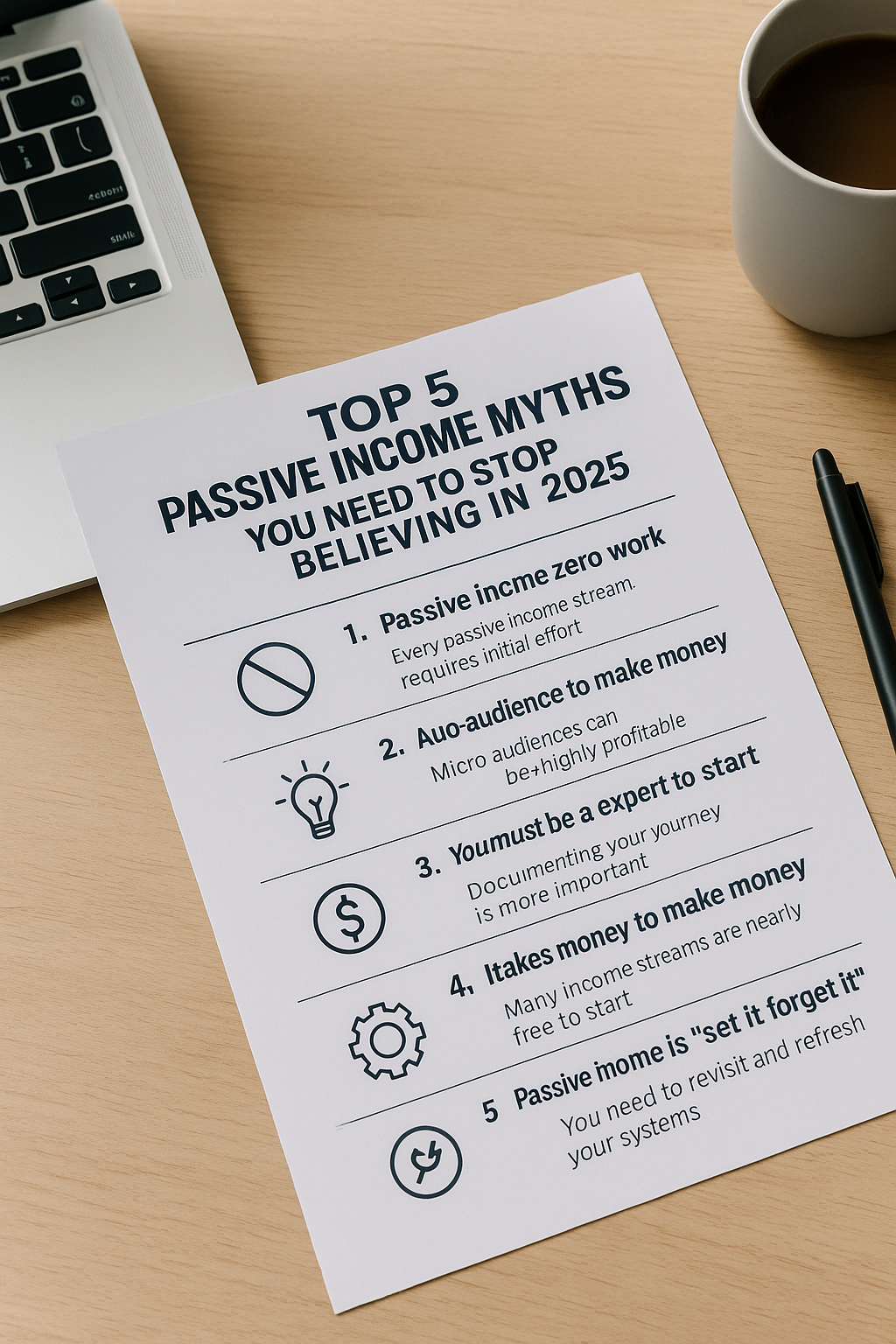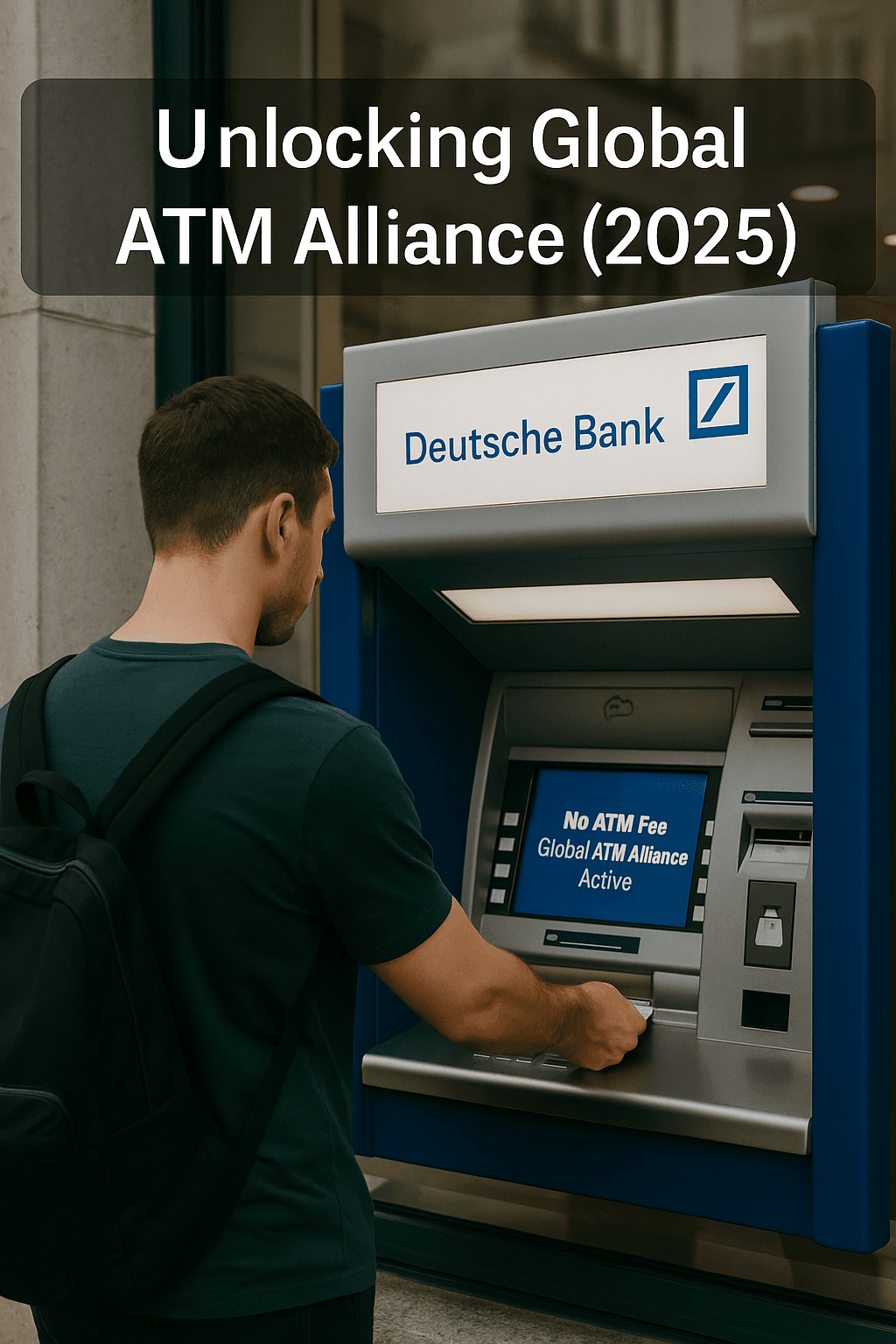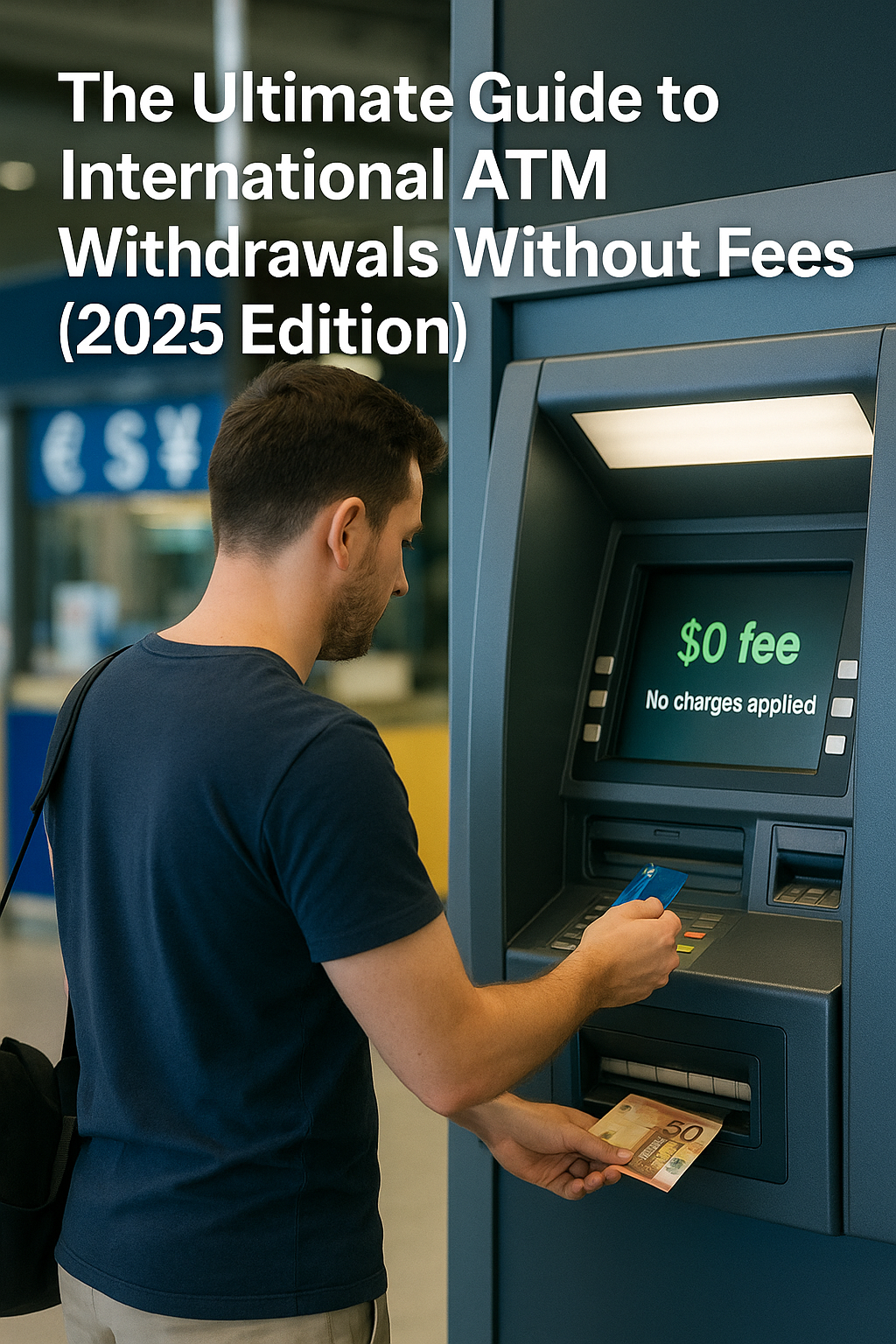Introduction: The Myth of Needing Millions
When people hear “early retirement,” they often think of millionaires lounging on yachts. But the truth is, you don’t need to be rich to stop working early — you just need the right strategy. In 2025, the most powerful yet underrated retirement plan is geoarbitrage.
In simple terms, geoarbitrage is living in a country where the cost of living is lower, while earning or saving money in a higher-income currency like the USD, EUR, or GBP. By relocating wisely, your money can go 2x or 3x further, allowing you to retire sooner than you ever imagined — even if your savings are modest.
In this guide, we’ll break down exactly how you can use geoarbitrage to retire early, even on a middle-class income.
1. What Is Geoarbitrage and Why It Works
Geoarbitrage is a strategy where you:
- Earn in a strong currency or high-income economy (e.g., U.S., UK, remote work, passive income)
- Spend in a low-cost-of-living country (e.g., Vietnam, Mexico, Georgia)
This model allows you to “stretch” your income or retirement savings dramatically.
Example:
If your monthly budget in the U.S. is $3,000, you can often live just as well — or better — in Thailand, Portugal, or Ecuador for $1,000–$1,500 per month.
2. The Numbers: How Much Do You Actually Need?
Here’s a basic example using the 4% rule (which says you can safely withdraw 4% of your savings annually in retirement):
- Saving $300,000 = $12,000/year withdrawal = $1,000/month
- Saving $400,000 = $16,000/year withdrawal = $1,333/month
- Saving $500,000 = $20,000/year withdrawal = $1,666/month
In many geoarbitrage-friendly countries, this budget is not only realistic — it allows for comfort and even luxury.
3. Top Countries for Geoarbitrage in 2025
Here are the most promising geoarbitrage countries this year, based on cost, safety, visa options, and lifestyle:
Portugal (Lisbon, Algarve)
- Monthly living cost: $1,200–$1,800
- Pros: EU residency path, healthcare access, digital nomad visa
- Cons: Housing costs increasing
Mexico (Mérida, Oaxaca, Puerto Escondido)
- Monthly living cost: $900–$1,400
- Pros: Easy residency, rich culture, close to U.S.
- Cons: Safety varies by region
Vietnam (Da Nang, Hoi An)
- Monthly living cost: $700–$1,200
- Pros: Excellent food, fast internet, friendly visa rules
- Cons: Pollution in big cities
Georgia (Tbilisi, Batumi)
- Monthly living cost: $800–$1,300
- Pros: 1-year visa-free stay, low tax rates, vibrant expat scene
- Cons: Limited healthcare infrastructure
Colombia (Medellín, Santa Marta)
- Monthly living cost: $900–$1,400
- Pros: Great weather, coffee culture, low rent
- Cons: Language barrier if not fluent in Spanish
4. Income Streams You Can Use to Support Early Retirement
You don’t have to be fully retired. Many early retirees use part-time or passive income to supplement their lifestyle. Some options include:
Remote work (15–20 hours/week)
- Freelancing: writing, marketing, graphic design
- Consulting or coaching
- Virtual assistant gigs
Passive income
- Rental property income
- Dividend stocks or ETFs
- Digital products (eBooks, courses)
- Monetized blogs or YouTube channels
Government pensions or annuities
If you qualify for any national pension or social security, you can stack that with your geoarbitrage plan.
5. Healthcare: Don’t Skip This Part
One of the top concerns about retiring abroad is healthcare. Here’s how to stay protected:
- Private insurance: Plans like Cigna Global, IMG, or SafetyWing cover international living and emergencies.
- Local plans: Many countries (like Portugal, Thailand, Mexico) offer affordable public or private healthcare access for residents.
- Telemedicine: Virtual healthcare services are expanding, even for expats.
You can get full coverage in most countries for $100–$250/month.
6. How to Legally Stay Abroad: Visas & Residency Options
Here are a few beginner-friendly residency options:
Portugal’s D7 Visa
- For passive income holders (retirees, remote workers)
- Requires €820/month income
- Path to EU permanent residency
Mexico’s Temporary Residency
- Income requirement: $2,400/month
- Allows multi-year stay, renewable
- Can be converted to permanent
Georgia’s 1-Year Visa-Free Stay
- Available to 95+ nationalities
- Option to apply for tax residency after 183 days
- No income requirement
Thailand’s Long Stay Visas
- Retirement visa (50+ years old)
- Digital nomad visa in trial stages
- Must show income or deposit of ~$24,000/year
7. Banking and Currency Setup
If you’re moving abroad, you’ll need the right financial tools:
- Multicurrency accounts: Wise, Revolut, Payoneer
- International debit cards: Charles Schwab, Revolut Metal
- No-Fee ATM access: Schwab, Wise, Capital One
- Online banking: Prefer banks that allow VPN login and SMS bypass
Most of these services can be set up before leaving your home country.
8. Case Study: How Jane Retired at 42 on $400K
Jane was a marketing manager in Chicago. By 40, she had saved $400K. She quit her job, sold her car, and moved to Vietnam.
Now she:
- Spends ~$1,000/month
- Rents a 1-bedroom apartment for $320
- Eats out daily for $6/day
- Has health insurance for $95/month
- Runs a small blog that brings in $300/month
She says, “I’m not rich. I just moved to where life is affordable.”
9. Final Tips for Starting Your Early Retirement Plan
Start tracking your current expenses and compare them to your target country
Try “test months” by working remotely in that country before full relocation
Don’t burn bridges — leave your home country jobs or assets wisely
Connect with online expat communities (e.g., Reddit, Facebook groups)
Prepare legal documents: passport, bank info, health insurance proof, lease contracts
Conclusion: You Don’t Need to Be Rich — Just Smart
Early retirement isn’t about being lucky or ultra-wealthy. It’s about making deliberate, strategic decisions — and living where your money works harder than you do.
In 2025, geoarbitrage gives ordinary people the chance to live extraordinary lives.
If you’re serious about freedom, it may be the best decision you’ll ever make.









